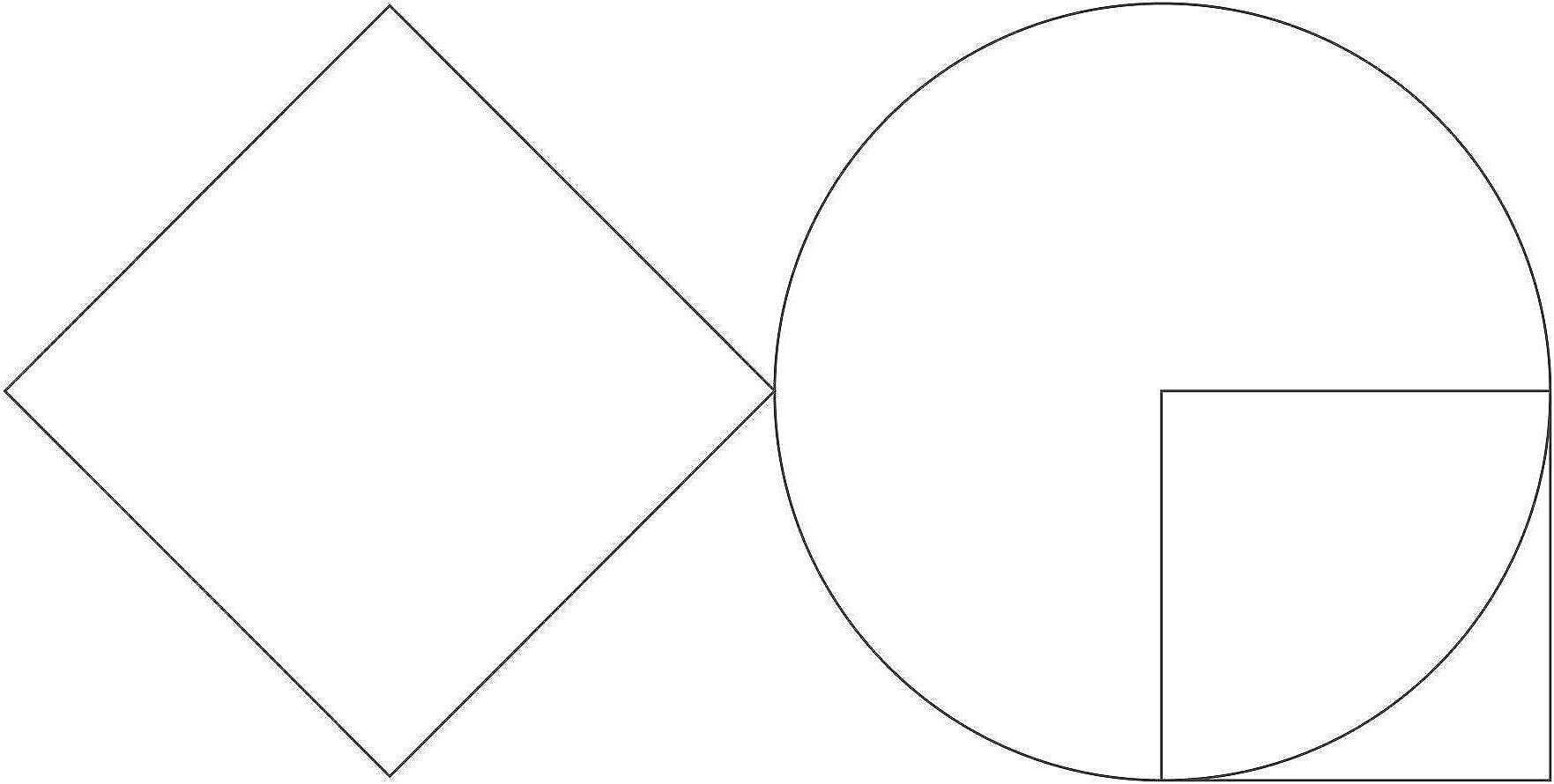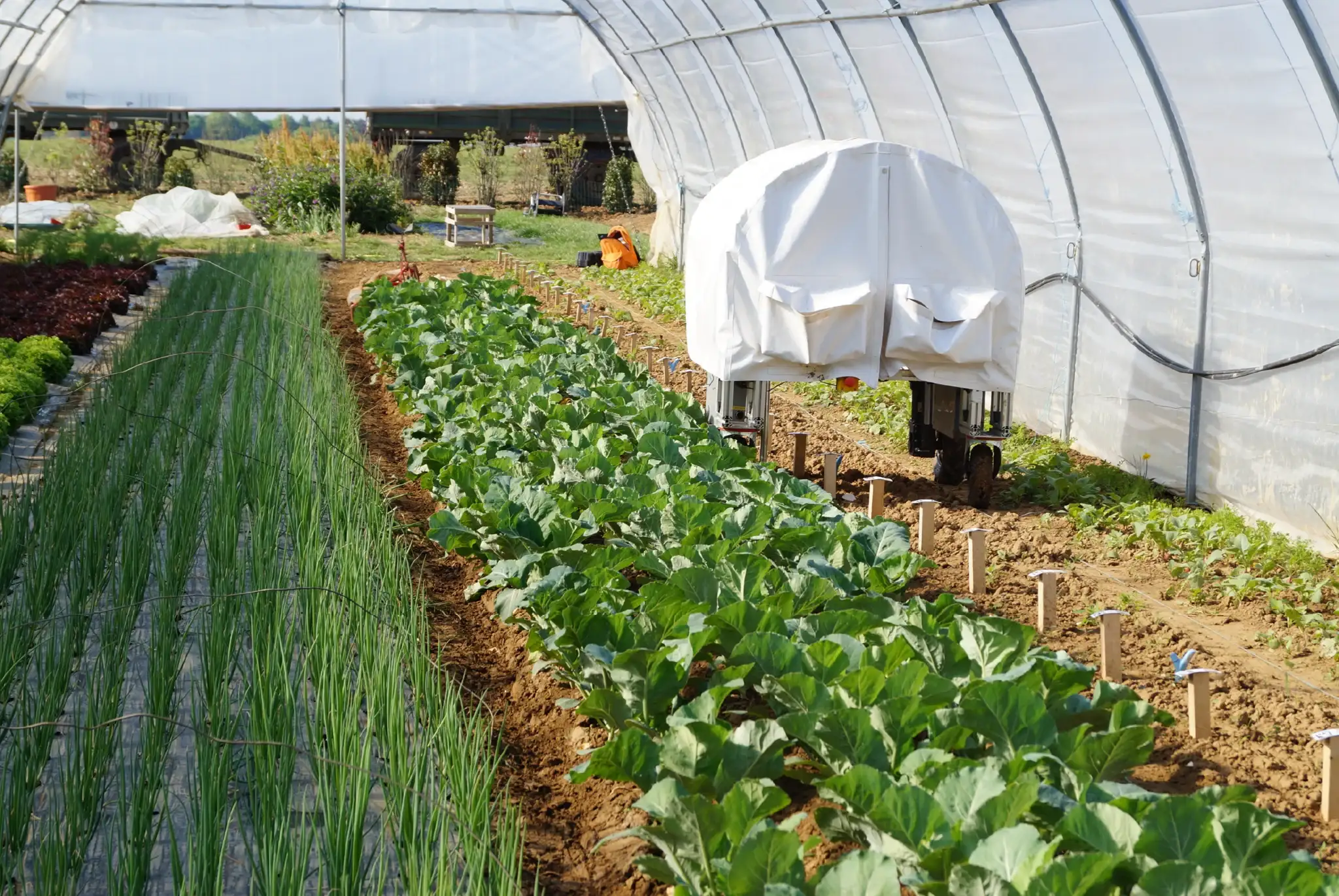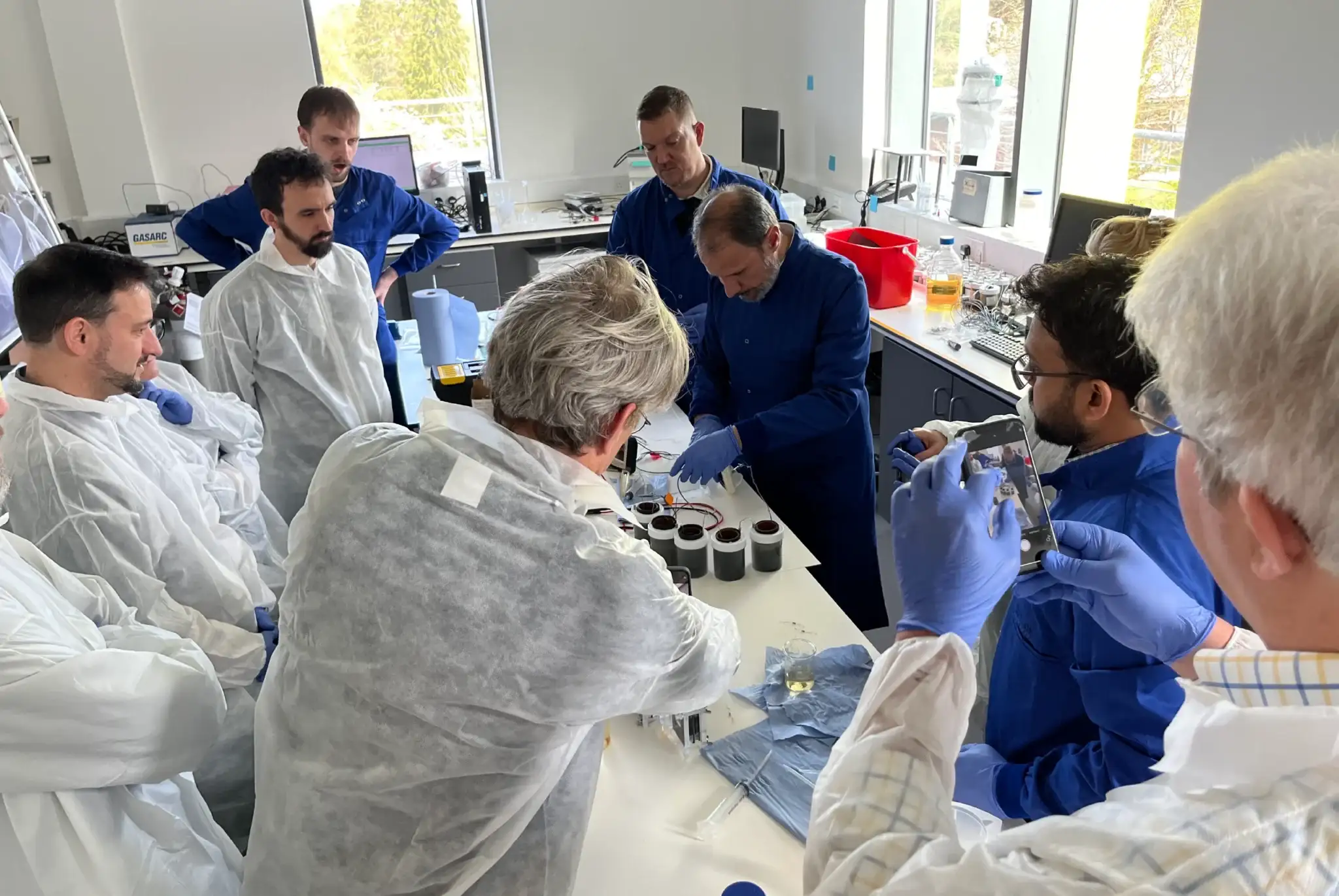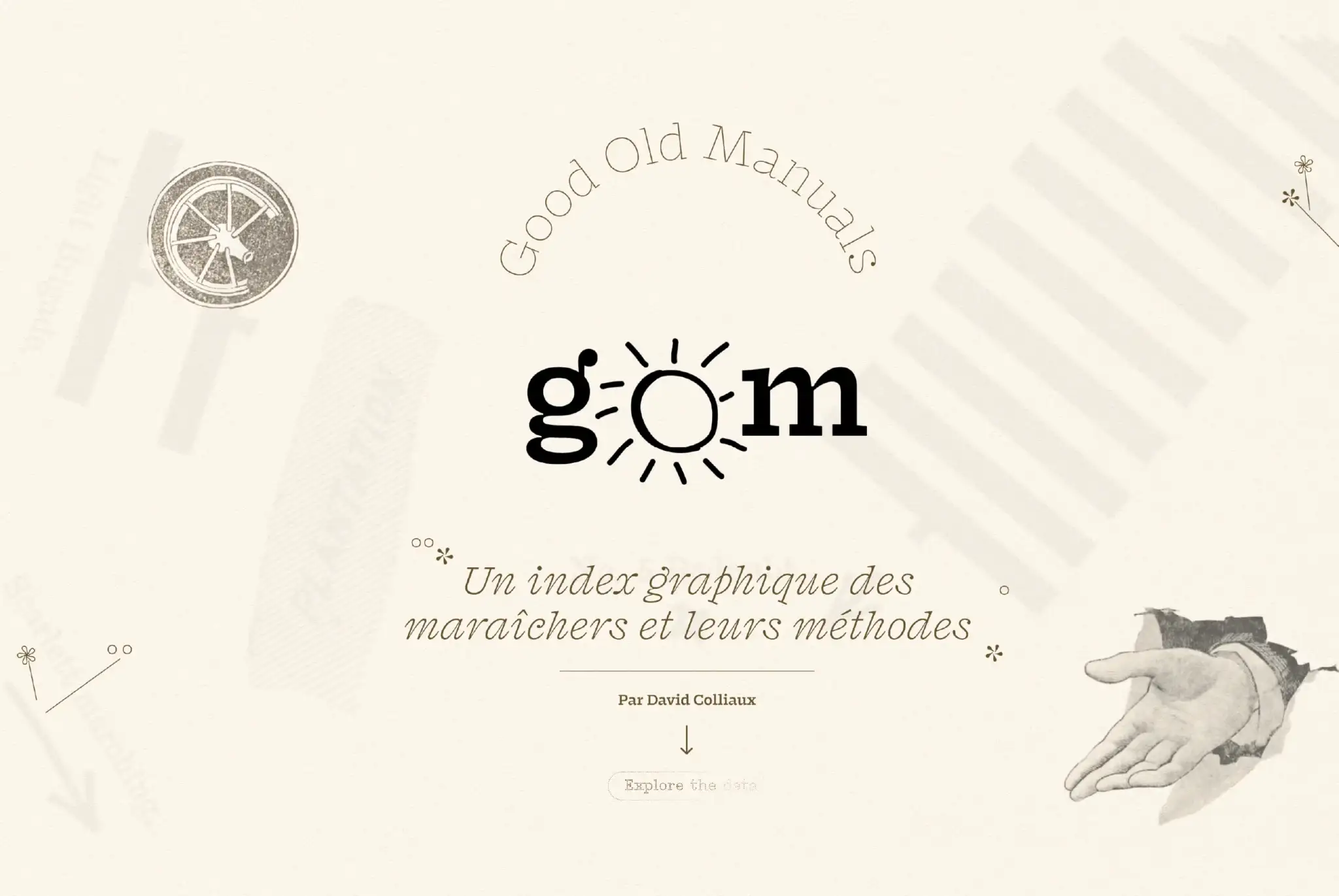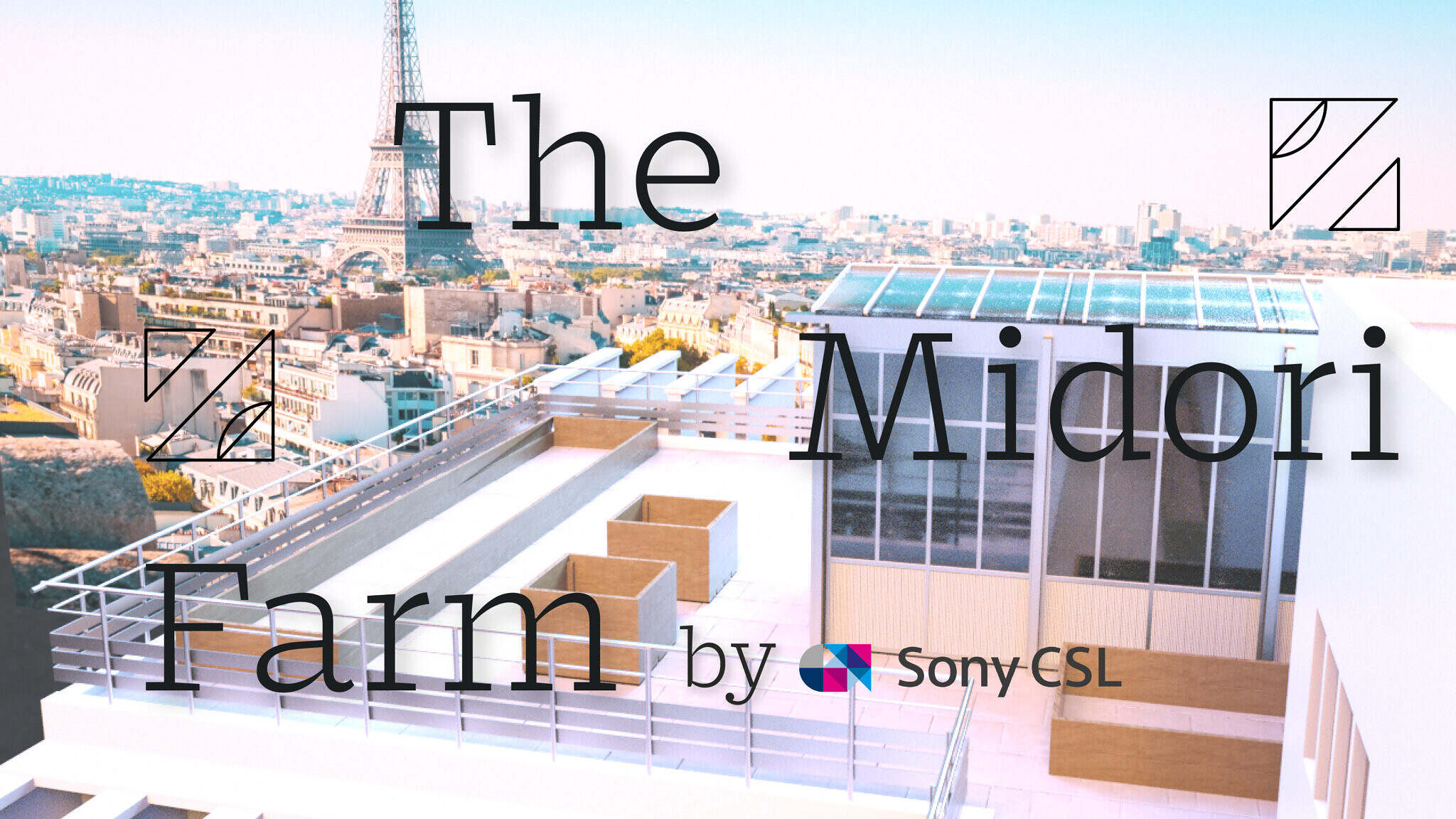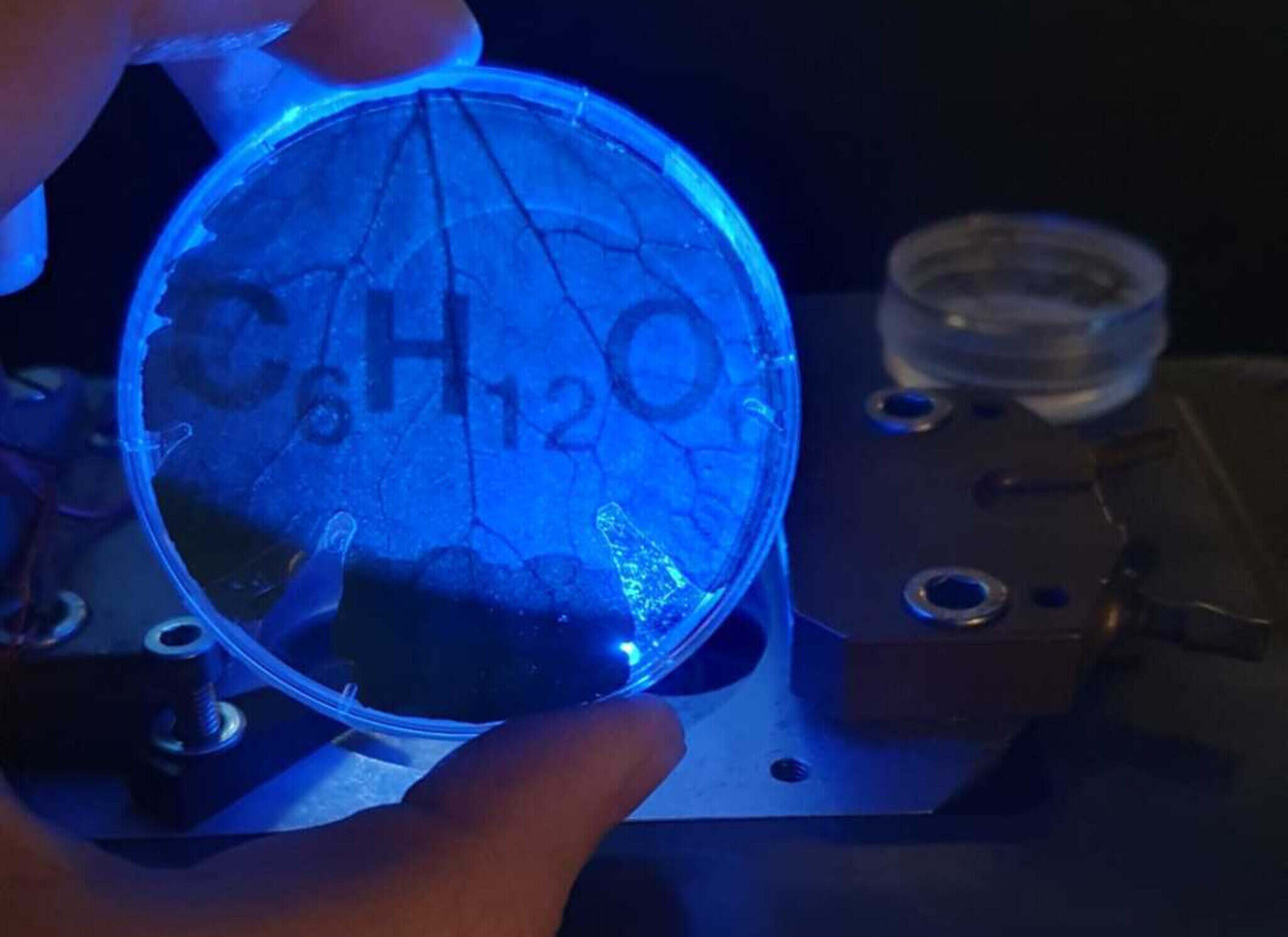
DREAM
Contributors
Share
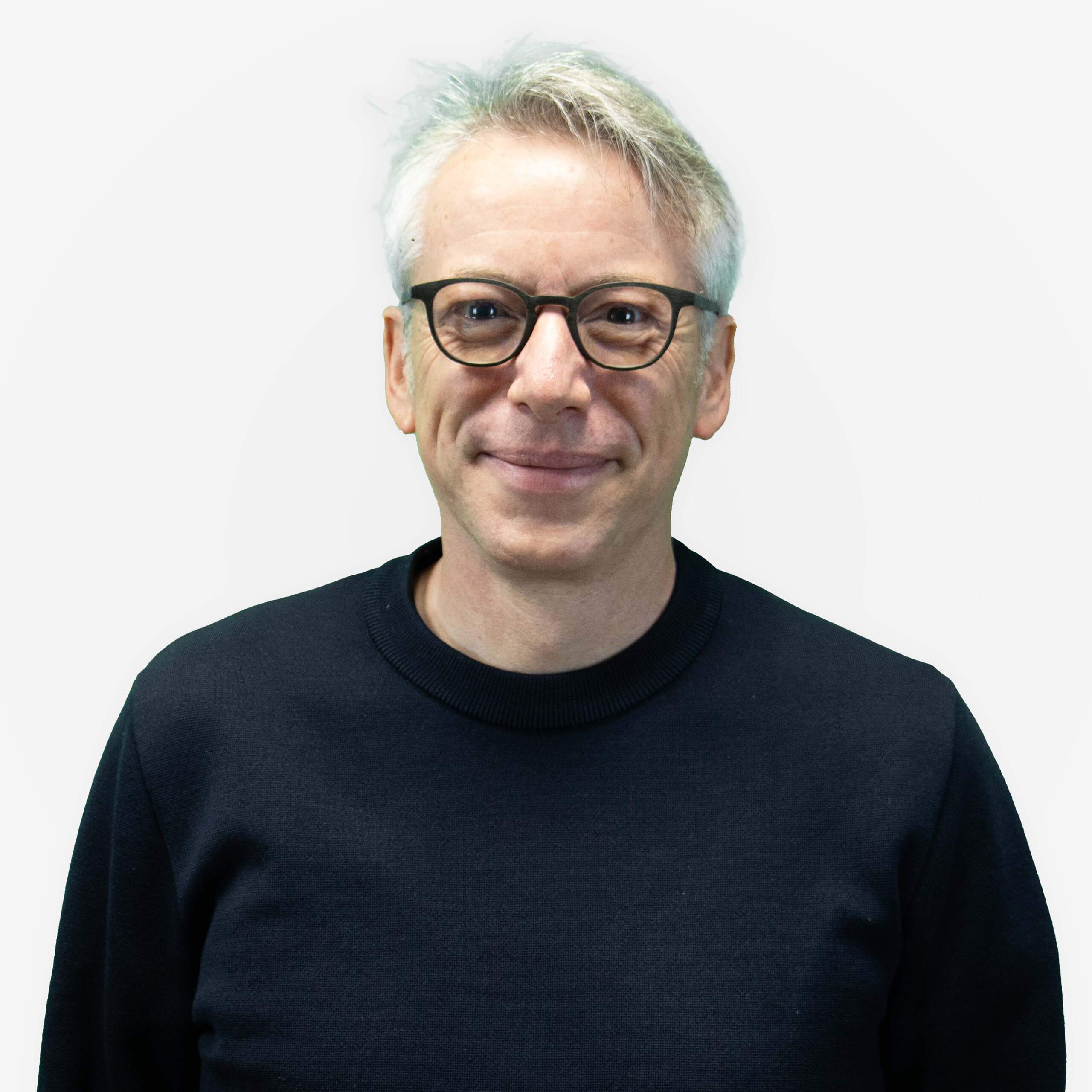
Peter Hanappe
Director
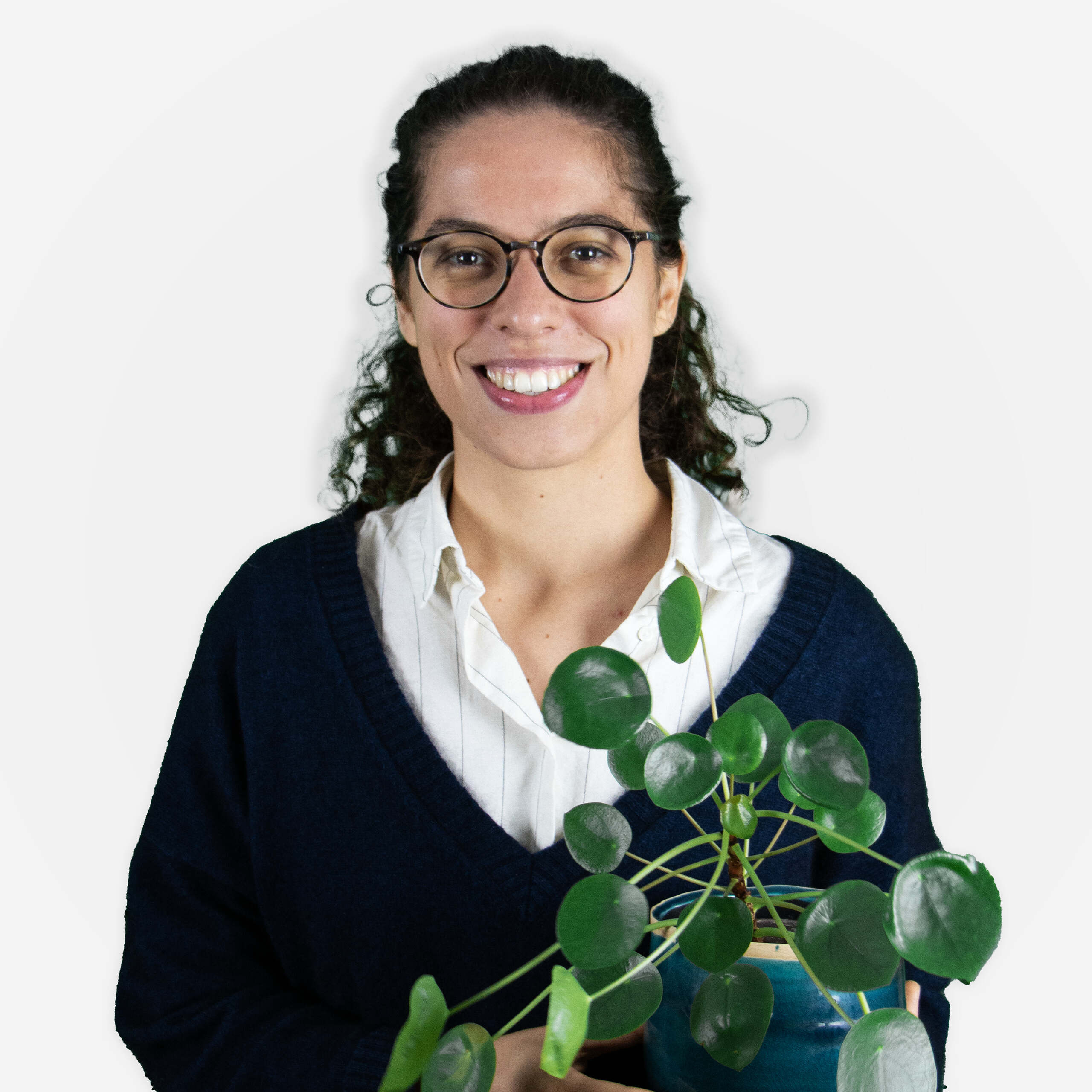
Aliénor Lahlou
Researcher
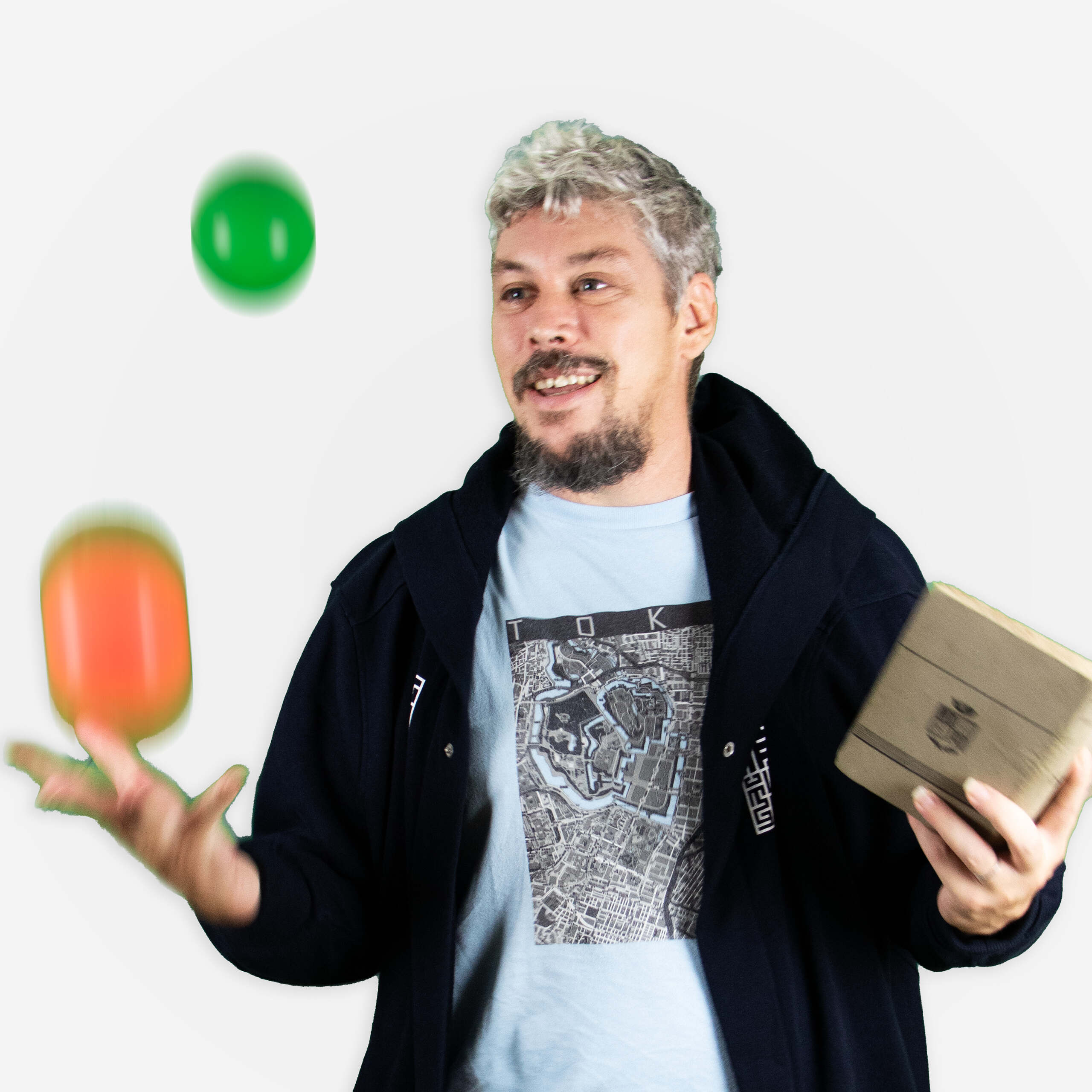
David Colliaux
Researcher
— Abstract
Many people take pleasure in growing plants. Maybe you do, too. If so, you probably know how difficult it is to know whether your plant is doing well, or whether it requires some extra care. And what care. Consider now that you are growing millions of plants – that’s what a farmer does – and you’ll understand how valuable it is to have an instrument that can provide information on the health status of the plants and, potentially, with an indication of what might be going wrong.
Our goal in the DREAM project is to build such an instrument. It will perform early diagnostics on plants to detect specific stresses before they become visual to the eye and before they have irreversible effects. The optical instrument uses modulated light to finely query the photosynthetic apparatus of the plant.
— Project
We exploit the endogenous fluorescence of photosynthetic organisms as a reporter of photosynthesis. Several instruments have been developed to measure and image this fluorescence but the interpretation of the outputs as well as the possibility of implementation outdoors is still limited. Most of these methods work in the time domain, by sending a pulse train of light flashes, and require the plant to be kept in the dark in order to have a stable reference to interpret the levels of fluorescence.
Most engineers would prefer working in the frequency domain where we can finely tune parameters such as the modulation frequency (over 6 orders of magnitude), the constant offset of the light, the amplitude of the modulation, and where we can use standard signal analysis techniques such as studying resonance and phase shifts, or harmonics due to the system’s nonlinearity and so on. So that is what we are going to do. In addition, we will couple the instrument to a flexible machine learning back-end to retrieve signatures that are characteristic of the health status of the photosynthetic organisms.
With this new method, which is inspired from dynamical chemistry protocols, we can collect data with a higher signal-over-noise ratio, in the presence of background noise such as ambient light, and without dark-adapting the plants. All major advantages over the previous instruments that should speed up its adoption in practical outdoor applications.
We currently developed a dedicated microscope for algae diagnosis that we use to explore the dispersion of the auto-fluorescence response of individual algae cells to illumination sequences at various light intensities. We showed how we collect the fluorescence signal of individual algae to study their performance at photosynthesis. We investigate a phenomenon induced by light stress in various mutants and study how it affects their photosynthetic status.
The DREAM project received funding from the European Union. It groups several partners that are each expert in their area. The largest partner, the French National Center for Scientific Research (CNRS), will bring their expertise on biochemistry, photosynthesis in microalgae, and microfluidics. Forschungszentrum Jülich, a major plant phenotyping center in Germany, will test the new instrument on plants. The Palacký University Olomouc is leader in the theoretical modelling of photosynthesis.Many models of photosynthesis in the literature are coarse and phenomenological descriptions of the photosynthetic electron transport chain suitable to study the steady state response of plants to light. Other models are very detailed and include the transition dynamics of the many macromolecules involved in the conversion of light to electrons.
— Links
- The DREAM website: https://dream-eic.eu/
- A model of the photosynthesis that is relevant for our work: https://royalsocietypublishing.org/doi/10.1098/rstb.2013.0223
- Fun read, maybe for our next instrument: https://www.cell.com/cell/fulltext/S0092-8674(23)00262-3
- A position paper on continual learning: https://arxiv.org/pdf/2111.09437.pdf
Related projects

Peter Hanappe
Director
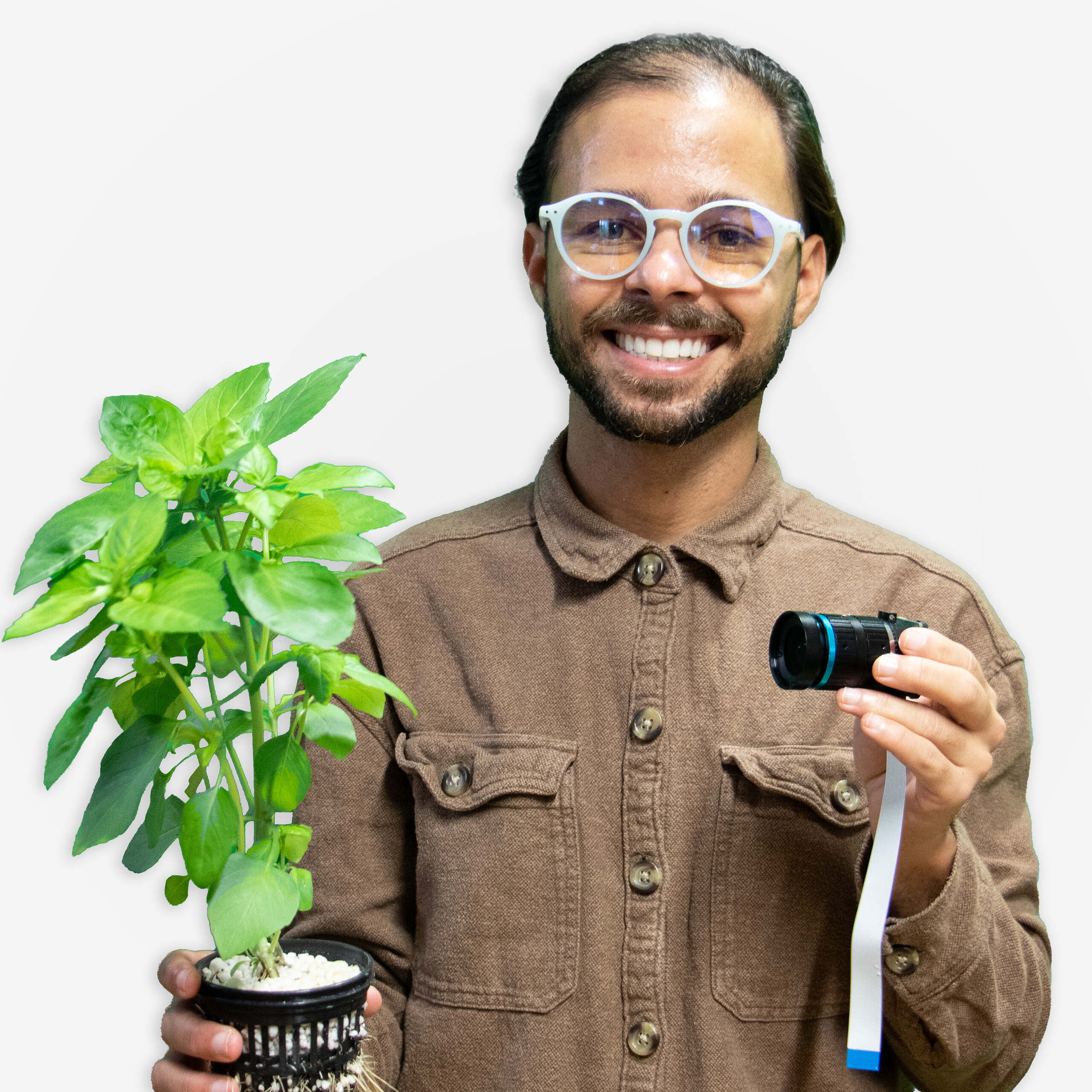
Lenon Modesto
Associate Researcher

Aliénor Lahlou
Researcher

David Colliaux
Researcher


